Mozambique: ENH outlines plan to directly operate gas projects in the country
Mozambique: Cahora Bassa Hydroelectric distributes €100 million in dividends
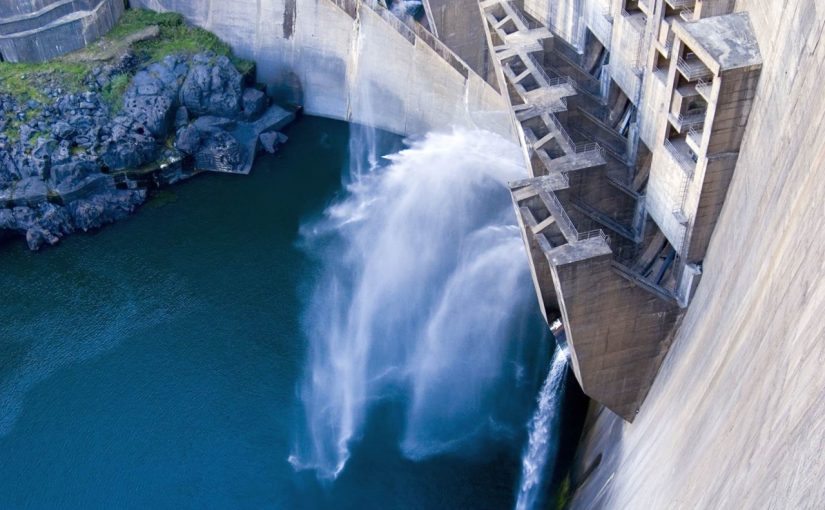
File photo: AIM
The Cahora Bassa Hydroelectric Plant (HCB), in central Mozambique, will distribute 7.4 billion meticais (€102.6 million) in dividends to shareholders, including Portugal’s Redes Energéticas Nacionais (REN), starting on Monday.
According to an HCB notice consulted by Lusa, the distribution of dividends for the 2024 financial year, in the amount of 0.28 meticais (0.4 Euro cents) per share, is the result of the resolution of the company’s general meeting held on 21 April.
“From 12 May 2025, shareholders will be able to confirm receipt of dividends at banking institutions”, states the notice.
HCB is a private limited company, 85% owned by the state-owned Companhia Elétrica do Zambeze and 7.5% by REN, with the company owning 3.5% of its own shares, while the remaining 4% are held by Mozambican citizens, companies and institutions.
The Cahora Bassa reservoir is the fourth largest in Africa, with a maximum length of 270 kilometres and 30 kilometres between banks, covering 2,700 square kilometres at an average depth of 26 metres. It employs almost 800 workers, and is one of the largest producers of electricity in southern Africa, supplying multiple countries.
HCB recorded profits of 14.1 billion meticais (€195.7 million) in the 2024 financial year, an increase of almost 8.5% compared to 2023, “being the largest in the history” of the company and the “combined corollary” of the total production generated last year, of 15,753.52 GWh, and the adjustment of the tariff for selling energy abroad”.
“Despite the hydrological restrictions, HCB, through careful and judicious management, managed to achieve, in 2024, financial results worthy of note, being the largest in its entire history. This is how, on the net results, the dividend of 52.55% was approved by the ordinary general meeting,” explained chairman of the board of directors Tomás Matola in a note on the approval of the report and accounts.
“In particular, the Mozambican State will receive just over 6.5 billion meticais [€90.2 million], which, combined with taxes and fees, will reinforce the State Budget, which is necessary for the implementation of the country’s social programs,” Matola stressed.
The dam is installed in a narrow gorge on the Zambezi river. Its construction lasted from 1969 to June 1, 1974, during the Portuguese colonial period, followed by the filling of the reservoir. Commercial operation began in 1977, with the transmission of the first 960 MegaWatts (MW) produced by three generators, compared to the current installed capacity of 2,075 MW.
Two milestones mark the ‘Mozambicanisation’ of the project after Mozambique’s independence.
The first took place on 31 October 2006, with the signing of the protocol containing the necessary conditions for the reversion and transfer of control from Portugal to the Mozambican State, and the second took place a year later, with the completion of the reversion on 27 November 2007.
The HCB reversion agreement allowed control of the dam to pass from the Portuguese state to its Mozambican counterpart, in an event described by the then Mozambican President, Armando Guebuza, as the “second independence of Mozambique”.
Given the growing demand for electricity in the region, HCB is already planning to “reactivate” the project with a new facility to the north of the present infrastructure.



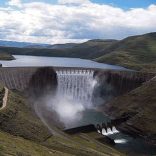
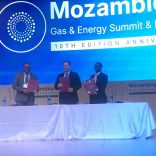

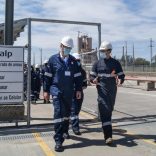
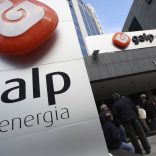
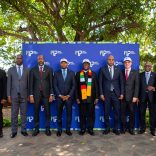
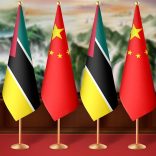

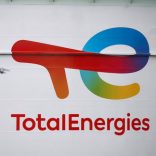
Leave a Reply
Be the First to Comment!
You must be logged in to post a comment.
You must be logged in to post a comment.